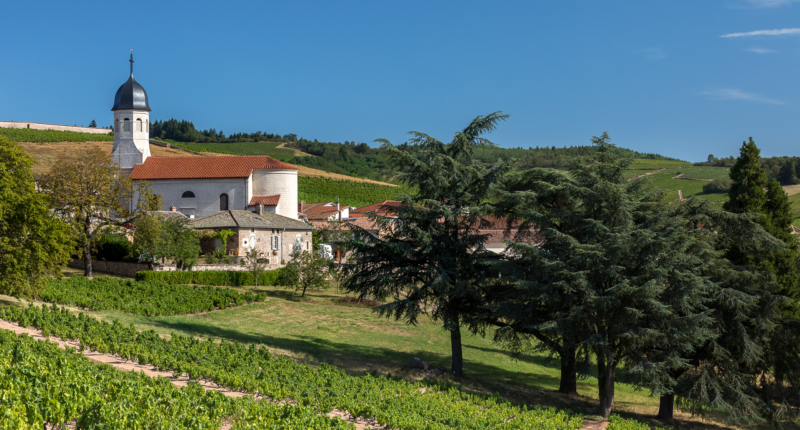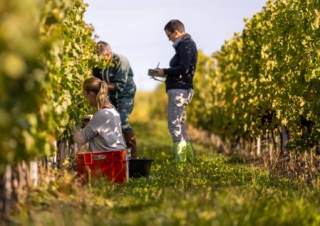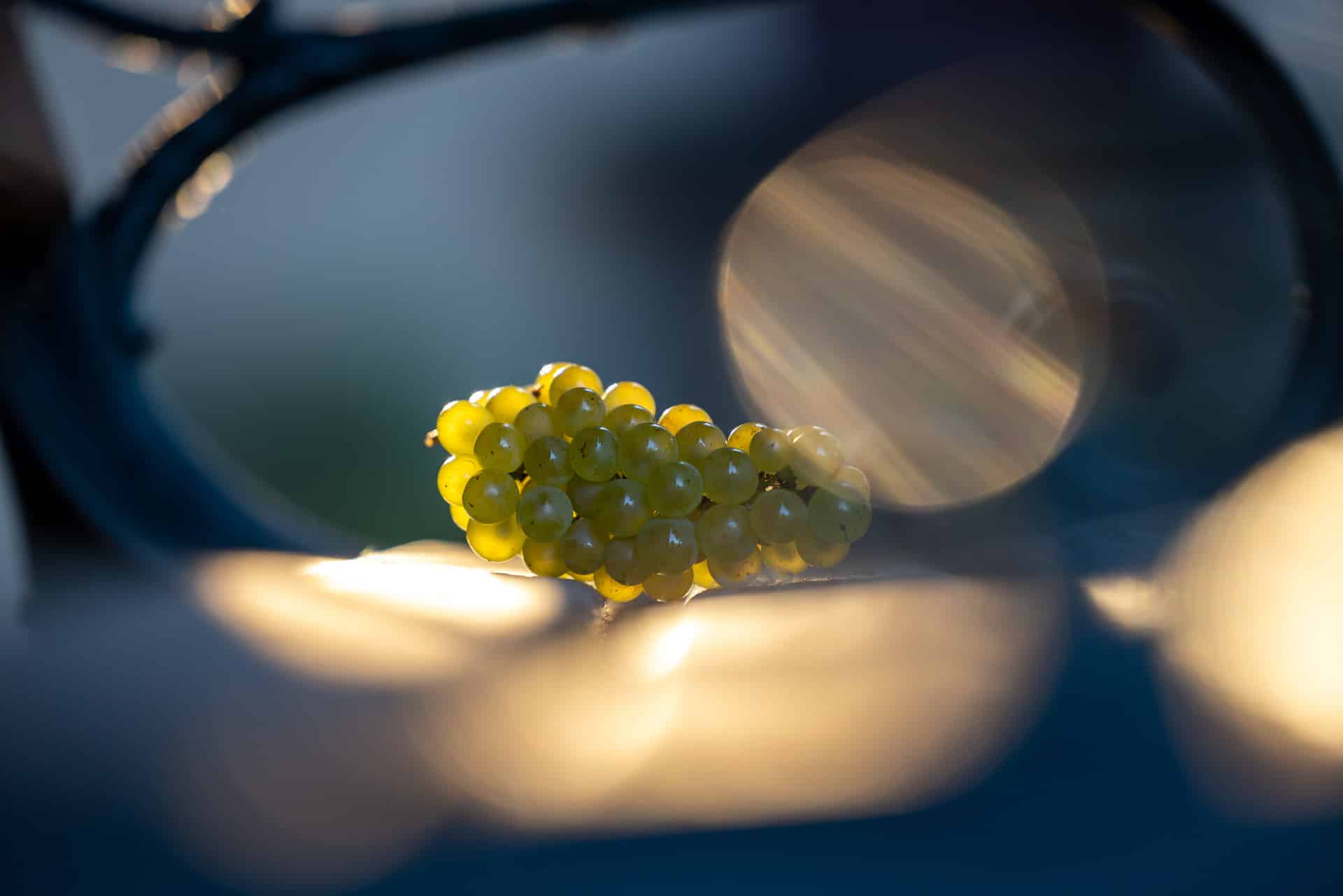Have you ever noticed the vines tumbling down the Beaujolais hillsides? These exceptional landscapes not only give the region its own unique charm but have also led to this very Beaujolais idea of “heroic wine growing.” Why “heroic” Because you need to be pretty brave to work on these slopes. As the winegrowers themselves say, it’s hard work but it’s fascinating. Once you’ve read this article, you’ll never again see Beaujolais vines in the same light.
Who ever thought of growing wines on slopes?
Beaujolais landscapes are instantly recognizable by their vines planted in perfect rows across the contour lines of hills. You’re probably wondering how winegrowers here got the idea of growing vines on hillsides. Well it’s quite simply because the lie of the land affects the growth of grapes in more than one way!
Firstly, the upper ground has more sunlight than the plain down below. The sun’s rays have fewer obstacles to overcome and can reach the vines directly. And vines love the sun! The warmth creates a good balance between the sweetness and acidity in grapes, which produces wines that are gentle but also very tasty.
But that’s not the only reason why winegrowers brave the sometimes very steep gradients in the Beaujolais region. Water streaming down the slopes is also very advantageous for the grapes. The water doesn’t have time to soak into the ground, it simply runs off down to the bottom of the slope. So the fruit gets just the right amount of water.
This is ideal, because too much water damages the vines. It increases the risk of disease, makes pest control treatment less efficient and prevents the grapes from fully soaking up the flavors of the terroir. The heroism of the vine stock therefore protects them and ensures optimal growth.
Meticulous work so that the heroic vines can give of their best
Winegrowers in the Beaujolais region are brave, daring and tenacious. All work in the vines from September to August has to be done manually, as the winegrowers work gradually across one plot of land to another. Except during the harvest, the winegrower does all this work on own: pruning, disbudding, tying, weeding, hoeing… He creates the best conditions for the grapes to flourish on these difficult slopes. The winegrowers themselves are also heroic!
The “heroic wine growing” label
The hillside rows of vines cover the Beaujolais mountains at an average altitude of 300 metres, with peaks culminating at over 600 metres. The Beaujolais vineyard is a member of CERVIM (Centre for
Research, Environmental Sustainability and Advancement of Mountain Viticulture), alongside other vineyards in the Auvergne Rhône-Alpes Region like Côte-Rôtie as well as the Banyuls-Collioure, Aosta Valley, Piedmont, Douro and other wine regions around the world. This type of winegrowing, practised at over 500 metres in altitude or on inclines over 30% (thresholds defined by CERVIM) is characterised as ‘heroic’ viticulture due to the human involvement and effort imposed by the difficulty of the mountain environment. The challenges are threefold: cultural, ecological and geographical. Here, the grower’s work is glorified. There are 8,900 plots on ‘extreme slopes’ (over 30%), which account for nearly 3,000 hectares in all. Quincié-en-Beaujolais is the steepest village where more than 90 hectares are on slopes with inclines over 30%, and Chiroubles which produces crus, has nearly 60 hectares on steep inclines.
Now that you know more about the conditions under which Beaujolais wines are grown, you’ll surely spare a thought for these extreme winegrowers next time you raise a glass of Beaujolais wine!






